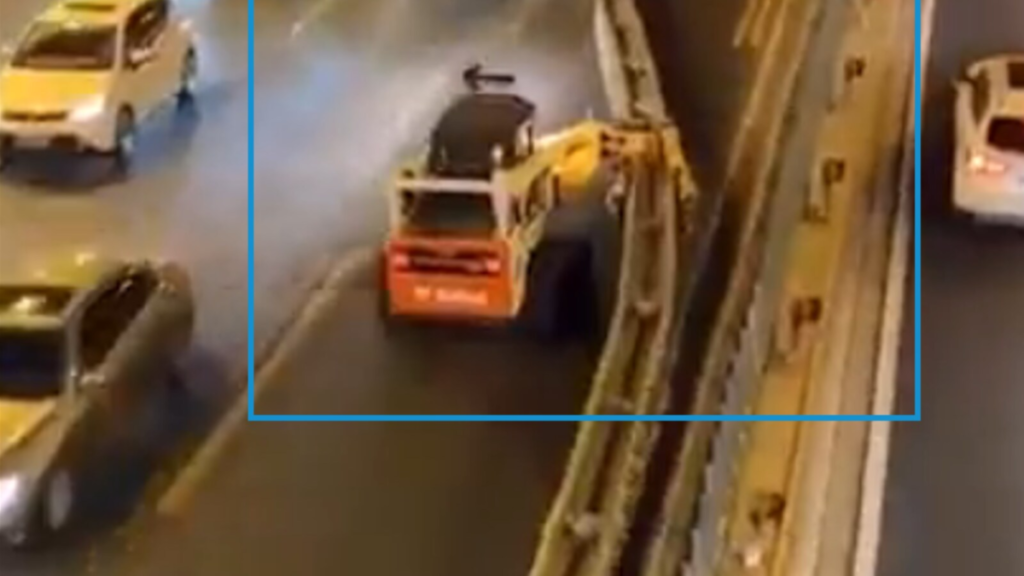
Video Shared By Chinese Official Shows How Reversible Lanes Help Decongest Traffic In Beijing
Big cities around the world often face long traffic clocks, maybe that’s why innovations that solve problems instantly take eyeball on the internet. Now, one of the innovations like that get online traction shows how China uses a road divider that can be adjusted to change the “direction of traffic”.
Bringing to Twitter, Chinese Foreign Ministry spokesman Hua Chunying on Wednesday distributed interesting videos that showed the work of reversible paths that helped increase traffic flow in China. This is the way they do it. Traffic authority chooses a path to go in one direction in the morning and the opposite direction at night to release peak pressure,” MS Chunying explained in the statement.
In the clip, two vehicles were seen folding the reversible route or zipper that was established to facilitate traffic congestion in the city.
Since it was distributed, a short clip has collected more than 80,000 displays. Some internet users praise the idea. Some even offer examples of other cities where traffic is reversed during rush hour.
Another example of innovation and technology for the benefit of mobility for the world, “wrote one user.” Human wisdom is further highlighted in solving practical problems, “added another.
The third says, “The world’s first reversible path is at the Golden Gate Bridge, 1962. Only for references,” while the fourth commented, “smart. And safer than just changing the direction with lights and signs”.
Reversible traffic lanes increase the capacity of the peak to two -way roads and reduce congestion by borrowing the capacity of the paths available from another direction,” according to the Texas A&M Transportation Institute.
This is not a new technology. As mentioned above, this infrastructure innovation was first introduced by the United States in the 1960s to reduce traffic congestion at the Golden Gate Bridge Roadway.

